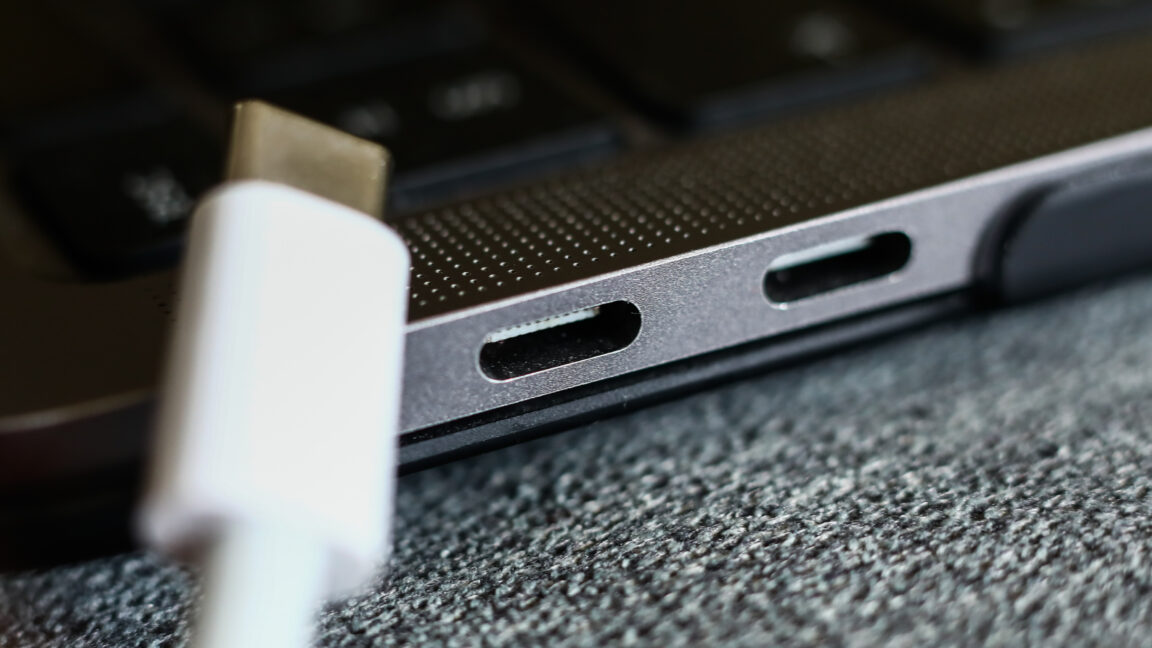Less blocks, standardized “quick charging”
One of the most significant impact this USB-C need has actually had until now gets on Apple, which, while originally withstanding, has actually gradually moved its items from its exclusive Lightning port to USB-C. Its most recent iMac comes with a Magic Key-board, Magic Computer Mouse, and Magic Trackpad that all connect using USB-C. The firm stopped offering the Lightning-charging apple iphone 14 and iPhone SE in the EU after December 28
Credit score:
European Commission
People that recognize electric terms, and reside in an EU member nation, will certainly soon have a far better understanding of the number of even more cables they’ll require to purchase for their most recent gadget.
Debt:
European Payment
Along with simply requiring that a USB-C port exist, the Instruction requires that anything with “quick charging”– drawing more than 5 volts, 3 amperes, or 15 watts– allow the USB Power Shipment (USB PD) criterion. This should make certain that they appropriately negotiate billing prices with any battery charger with USB PD as opposed to need their own exclusive billing block or adapter.
In Europe, tools must indicate on their product boxes whether they contain a billing plug or mid-cord brick. A various label will suggest the minimum and maximum power that a gadget needs to bill and whether it can support USB PD or not.
Can the EU make cables and cords get on?
The EU’s commemorative blog post on X is hefty with replies from skeptics, suggesting that mandating USB-C as “THE charger” might suppress business introducing on other methods of power delivery. Most of these critiques are addressed in the real message of the regulation, due to the fact that extra effective gadgets are spared, additional power plugs are permitted, and wireless largely obtains a pass. “What around when USB-D shows up?” is something no person can actually answer, though it seems an obscure factor to avoid addressing the e-waste, fragmentation, and customer confusion of the larger tool charging ecosystem.
How the Typical Charger Instruction will be enforced is yet to be seen, as that is something left approximately member nations. Likewise unverified is whether business will abide by it throughout their international line of product or just make specific EU-compliant items.
A previous variation of this post did not include an upgraded, higher power level restriction (240 watts) consisted of in an amended variation of the Instruction. Ars is sorry for the error.
